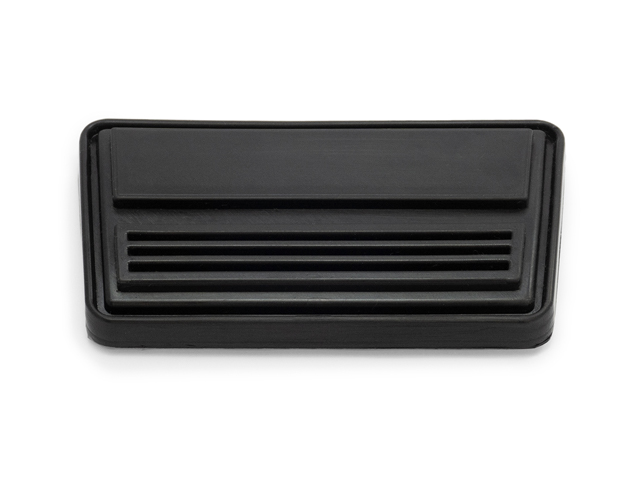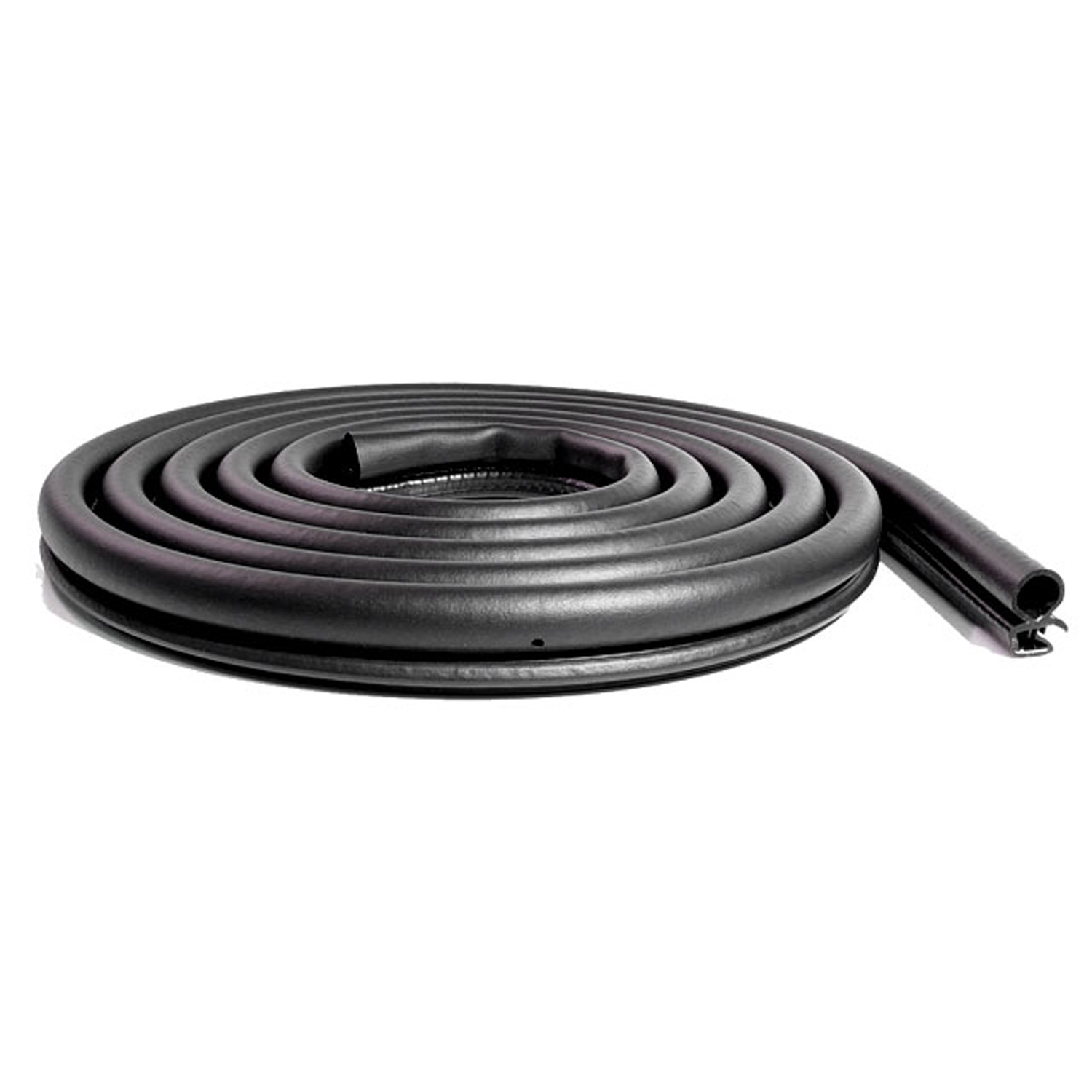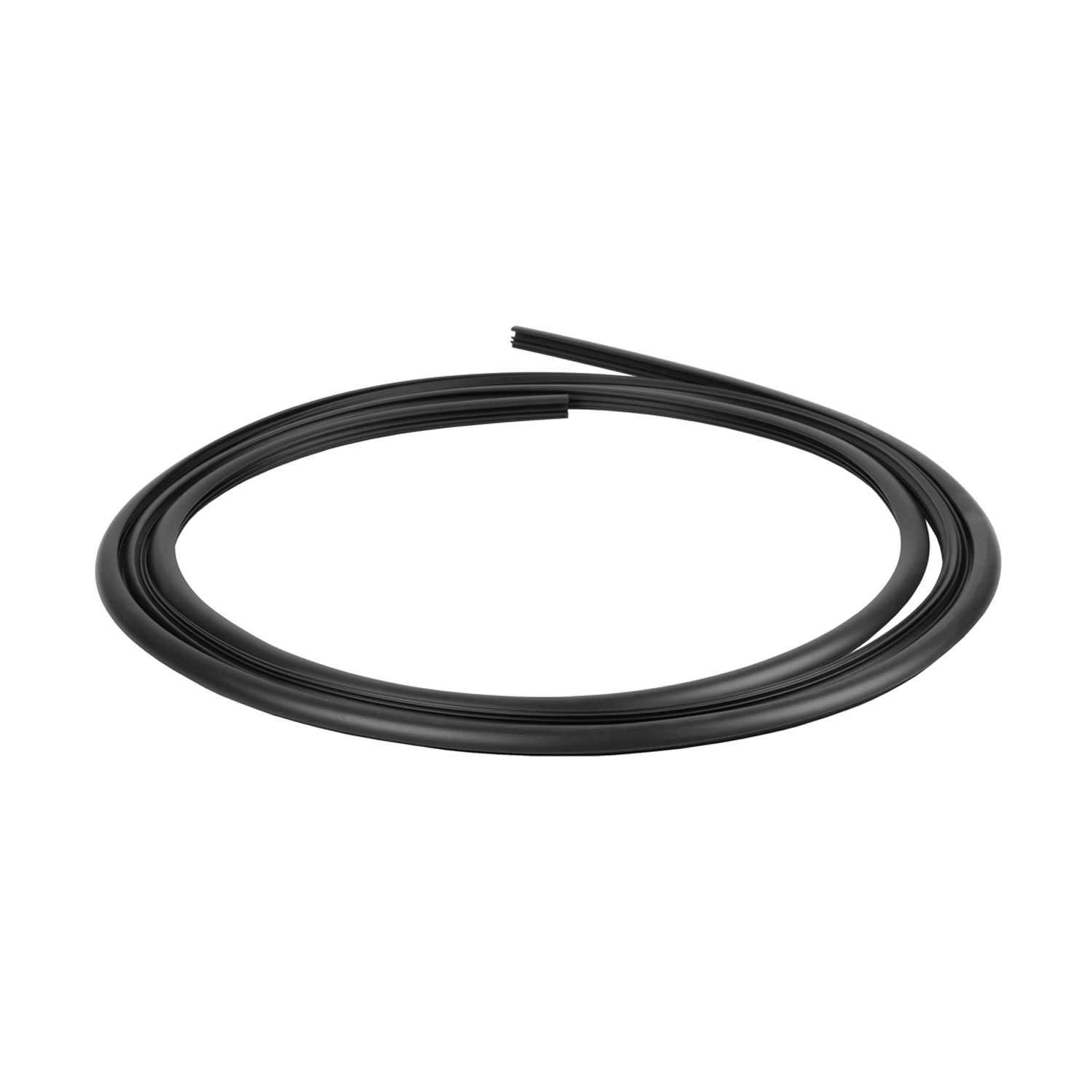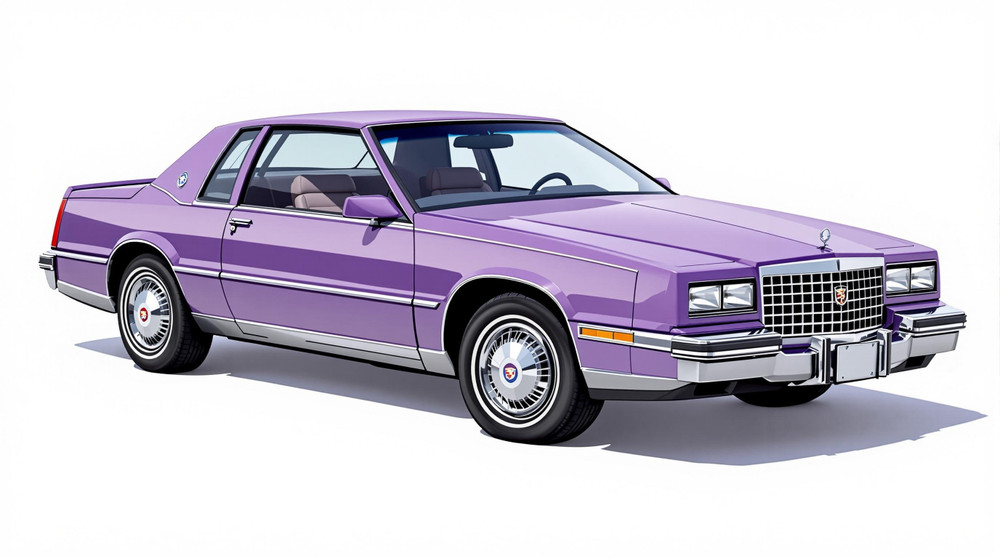Image of 1988 Cadillac Cimarron, Note: These illustrations use artistic license and may differ from actual historical models.
Performance Metrics
Fundamental Metrics
Emotional Appeal
MMP Rating
| Engine Specifications | |
|---|---|
| Engine: | 2.8L V6 |
| Displacement: | 2.8L/173 |
| Horsepower: | 125 hp |
| Torque: | 160 lb-ft |
| Compression Ratio: | 8.9:1 |
| Ignition System: | Electronic |
| Cooling System: | Liquid-cooled |
| Performance Specifications | |
| 0-60 Time: | 9.5 seconds |
| 1/4 Mile Time: | 17 seconds |
| Top Speed: | 110 mph |
| Transmission and Drive | |
| Drive Type: | FWD (Front Wheel Drive) |
| Transmission Type: | 3-speed automatic |
| Fuel and Efficiency | |
| Fuel System Type: | Fuel Injection |
| MPG: | 20 city / 28 highway |
| Dimensions and Brakes | |
| Brakes: | Power-assisted disc brakes |
| Wheelbase: | 101.2 inches |
| Weight: | 2,600 lbs |
Note: Specifications for classic cars are given to the best of our ability, considering the limited and variant data available.
The Enigmatic 1988 Cadillac Cimarron: A Study in Ambition and Contrast
When the curtains were drawn back in the 1980s, revealing the Cadillac Cimarron, it was a moment that would forever be etched in automotive history. Born from the luxury marque Cadillac, a division of General Motors, the Cimarron emerged as a bold attempt to redefine American luxury for a new generation. Its inception was a direct response to the growing competition from European brands that were making waves in the compact executive car segment. Despite its controversial legacy, the Cimarron holds a unique place in the annals of automotive design, marking a period of experimentation and transition.
Design and Innovation
The 1988 Cadillac Cimarron's exterior was a blend of traditional Cadillac cues and compact dimensions. It featured a poised grille and emblematic vertical tail lights that echoed its lineage. The silhouette was conservative yet carried an air of understated elegance. Inside, the Cimarron presented an array of materials, from plush fabrics to available leather upholstery, aiming to offer a premium experience in a smaller package. Technologically, it boasted electronic fuel injection and amenities such as power windows and locks — impressive for its time.
Color options for the Cimarron ranged from subtle to vibrant, with choices like Carmine Red and Cameo Ivory catching buyers' eyes. The most iconic body style was undoubtedly the four-door sedan, which encapsulated both practicality and the essence of Cadillac luxury.
Historical Significance
The Cimarron's impact on automotive design is a tale of ambition meeting reality. It attempted to blend American luxury with European handling characteristics but ultimately fell short due to its J-body platform shared with less prestigious GM models. However, it did set a precedent for future luxury compacts from American manufacturers and highlighted the importance of distinctiveness in brand identity.
Performance and Handling
Underneath its hood, the 1988 Cimarron featured a 2.8-liter V6 engine that delivered modest performance figures by today's standards but was competitive at its time. Achieving 0-60 mph in around 10 seconds and reaching a top speed near 115 mph, it offered adequate performance for daily driving. Handling was improved over previous years with suspension tuning aimed at delivering a more European ride quality — firmer yet still compliant over bumps.
The driving experience of the Cimarron was unique; it combined the smoothness expected from Cadillac with an attempt at sporty dynamics. The engine's hum was more pronounced than in larger Cadillacs, offering a hint of eagerness absent from its siblings.
Ownership Experience
The Cimarron found itself being used primarily as a daily driver rather than as a show car or racing vehicle. Its maintenance and reliability were comparable to other GM vehicles of the era, making repairs relatively straightforward for owners. However, due to its shared components with less expensive models, it struggled to justify its premium positioning.
Fun Facts
One intriguing trivia about the Cadillac Cimarron is its status as one of Cadillac's rare ventures into compact sedans — an experiment not repeated until decades later. Although not known for breaking records or widespread celebrity ownerships, it did become an example often cited when discussing brand dilution risks.
Common criticisms included its close resemblance to less expensive GM models and performance that didn't align with the Cadillac badge's expectations.
Collector's Information
The current collector value range for a well-maintained 1988 Cadillac Cimarron can be quite variable due to its controversial reputation. Production numbers were relatively low compared to other Cadillacs of the era; estimates suggest that fewer than 100,000 units were produced throughout its entire run from 1982-1988. As for appreciation or depreciation trends, it largely depends on the nostalgia factor and rarity; prices can range anywhere from $1,000 for models in poor condition up to $10,000 or more for pristine examples.
Conclusion
The 1988 Cadillac Cimarron stands as an emblematic figure of an era where tradition grappled with innovation. Its story is one of aspiration and lessons learned — a narrative that continues to fascinate car enthusiasts and collectors alike. While it may not have achieved the success envisioned by its creators, its mark on automotive history is indelible.
1988 Cadillac Cimarron Catalog of Parts
 1988 Cadillac Cimarron Automatic brake pedal pad fits '78-88 GM A, Spec A, G Body-CB 101-DCB 101-D replaces the automatic brake pedal pad on many 1978-1988 General Motors A, Spec A and G body models. Also fits many 1982-1991 GM J, L, N and P body models. 4-1/2" wide X 2-1/2" long. Each
1988 Cadillac Cimarron Automatic brake pedal pad fits '78-88 GM A, Spec A, G Body-CB 101-DCB 101-D replaces the automatic brake pedal pad on many 1978-1988 General Motors A, Spec A and G body models. Also fits many 1982-1991 GM J, L, N and P body models. 4-1/2" wide X 2-1/2" long. Each 1988 Cadillac Cimarron Extruded door seal (imported). Universal replacement part-IS-MW00100Extruded door seal (imported). Universal replacement part. Made with flexible steel core. Fits front or rear and either side on passenger doors. Does not fit slider/cargo doors and liftgates on vans and mini-vans. 1-3/16 in. X 3/4 in. X 13 ft. 4 in. Each.
1988 Cadillac Cimarron Extruded door seal (imported). Universal replacement part-IS-MW00100Extruded door seal (imported). Universal replacement part. Made with flexible steel core. Fits front or rear and either side on passenger doors. Does not fit slider/cargo doors and liftgates on vans and mini-vans. 1-3/16 in. X 3/4 in. X 13 ft. 4 in. Each. 1988 Cadillac Cimarron Windshield Reveal Molding, 82-92 GM F, 82-88 GM A, 82-89 GM J, 85-91 GM N Bodies-VWS 1967-LWindshield Reveal Molding, 82-92 GM F, 82-88 GM A, 82-89 GM J, 85-91 GM N Bodies, Each.
1988 Cadillac Cimarron Windshield Reveal Molding, 82-92 GM F, 82-88 GM A, 82-89 GM J, 85-91 GM N Bodies-VWS 1967-LWindshield Reveal Molding, 82-92 GM F, 82-88 GM A, 82-89 GM J, 85-91 GM N Bodies, Each.Why Choose Metro?
For over 100 years, Metro Moulded Parts has been the pinnacle of quality in classic car restoration parts. Our commitment to precision and authenticity in every component ensures a perfect fit and an OEM-level appearance.
- Expert Craftsmanship & Quality: Each part is a testament to our dedication to reliability and perfection, crafted from original designs and thoroughly tested.
- Advanced Technology: We use cutting-edge techniques to create flawless, long-lasting parts that surpass others in performance.
- SuperSoft Sponge – The Ultimate Door Seal: Not only are our door seals 30% softer than competitors', but they're also guaranteed to never leak. They effectively reduce wind and road noise, enhancing your classic car's comfort and driving experience.
- Proudly American: Our parts are a product of American craftsmanship, made in the USA with a spirit of excellence and heritage.
- Unrivaled Warranty: We back our products with a 30-year industry-leading warranty, a testament to our confidence in their quality.
Join us in preserving the legacy of classic cars with parts that are crafted for perfection, not just made.

